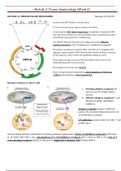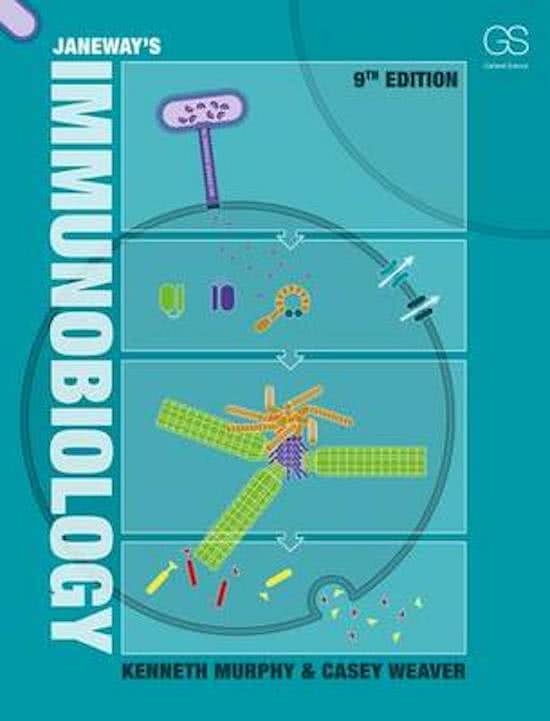College aantekeningen
Lecture Notes - Tumor Immunology - week 2
Lectures included: immune escape mechanism, PD-1/PD-L1 interference, TLR-directed therapy, DC immunotherapy, checkpoint inhibition, DNA & RNA tumor vaccine, NKT cells & gamma delta T cells, immunoscore
[Meer zien]





